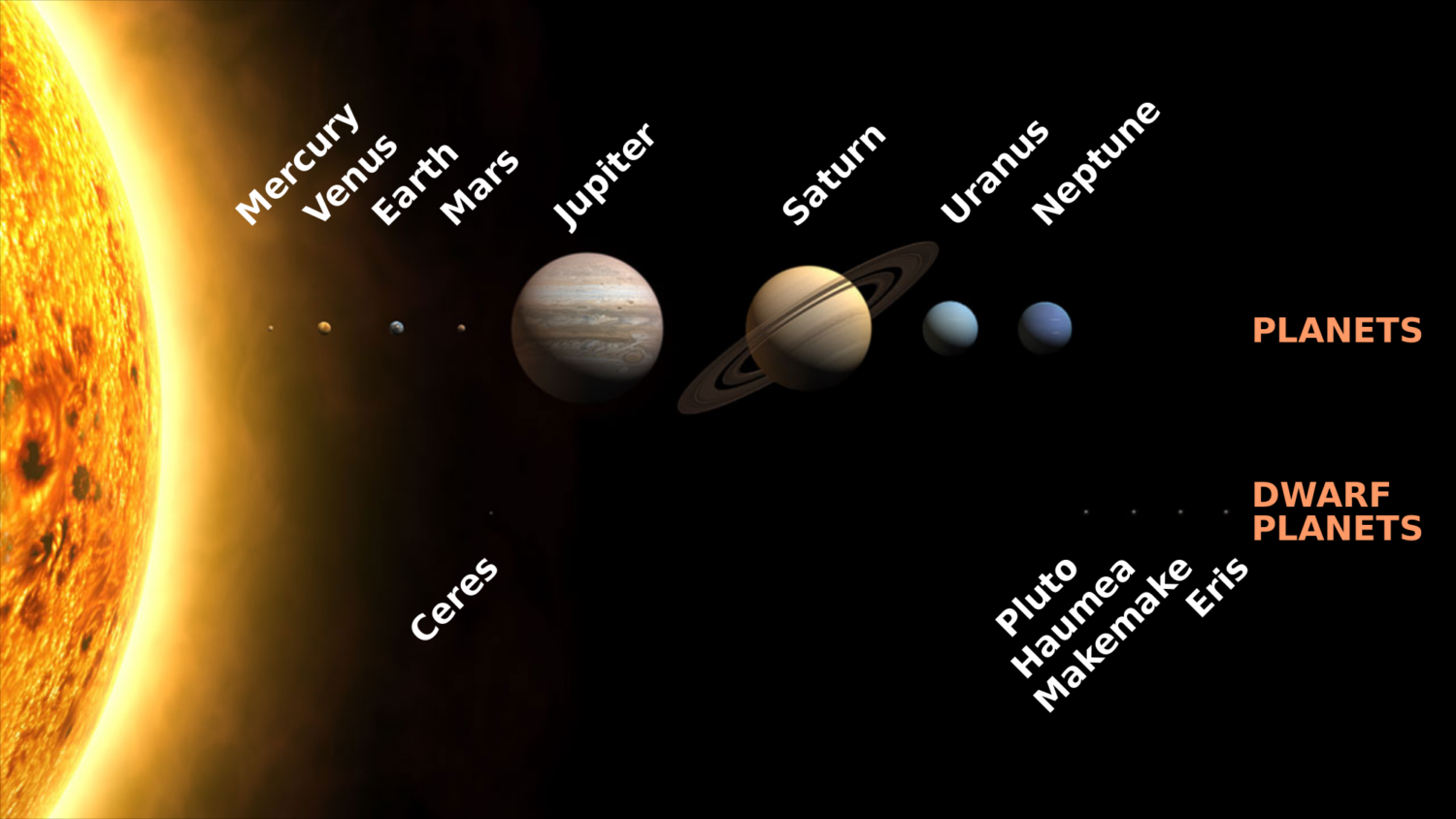Five planets are expected to move into a rare alignment in June, and observant watchers on Earth will be able to see it all.
For one night, Mercury, Venus, Mars, Jupiter and Saturn are lining up in order with the added bonus of a waning crescent moon joining the formation. This phenomenon, when two or three planets line up in the night sky, is called a conjunction.
Events with two or even three planets in alignment are fairly common, but having five planets line up across the night sky is a fairly rare occurrence, according to the astronomy news source Sky & Telescope. The last time five planets lined up like this was December 2004 and the next time it’s expected to happen will be in 2040.

How To See the Five-Planet Parade
Friday, June 24 will undoubtedly be the best day to see this planetary lineup, but it’s actually possible to get a glimpse of all five planets on any morning between now and then.
For starters, set your alarm for early in the morning because all five planets will only be visible just before dawn. The window of time to see the five planets is only about 30 minutes before sunrise early in the month, and the window gradually grows to about an hour before sunrise on June 24.
Find a spot with an unobstructed view of the horizon and try to get there at least an hour early to give your eyes time to adjust to the darkness for maximum visibility.

In this lineup, Mercury will be especially low in the sky — just above the horizon — to the east-northeast, according to Sky & Telescope. Slightly higher in the sky and more eastward, Venus will be seen. From there, nearly due east and higher in the sky, the crescent moon, representing Earth, can be seen. Mars and Jupiter are higher still in the southeastern sky, while the fifth and final planet in the lineup, Saturn, is just as high in the sky as Jupiter and due south.
Fortunately, summer weather is here for most of the United States, and that makes planet spotting and stargazing more comfortable compared to those colder winter nights, like when this phenomenon was last visible.
If you’re wondering what the weather is like on some of the other planets in the formation, check out this video from yours truly:
Keep an eye on the forecast for a cloud-free morning, and with a little patience, lucky observers will spot Earth’s five closest planetary neighbors in the early morning sky. While you’re busy sky-watching, be sure to look out for June’s strawberry moon, which you can read about in our guide to seeing it!
Jason Meyers is a part-time meteorologist and big-time fan of looking up. You can follow him on Twitter or watch one of his entertaining and educational YouTube videos.
This story originally appeared on Simplemost. Checkout Simplemost for additional stories.


